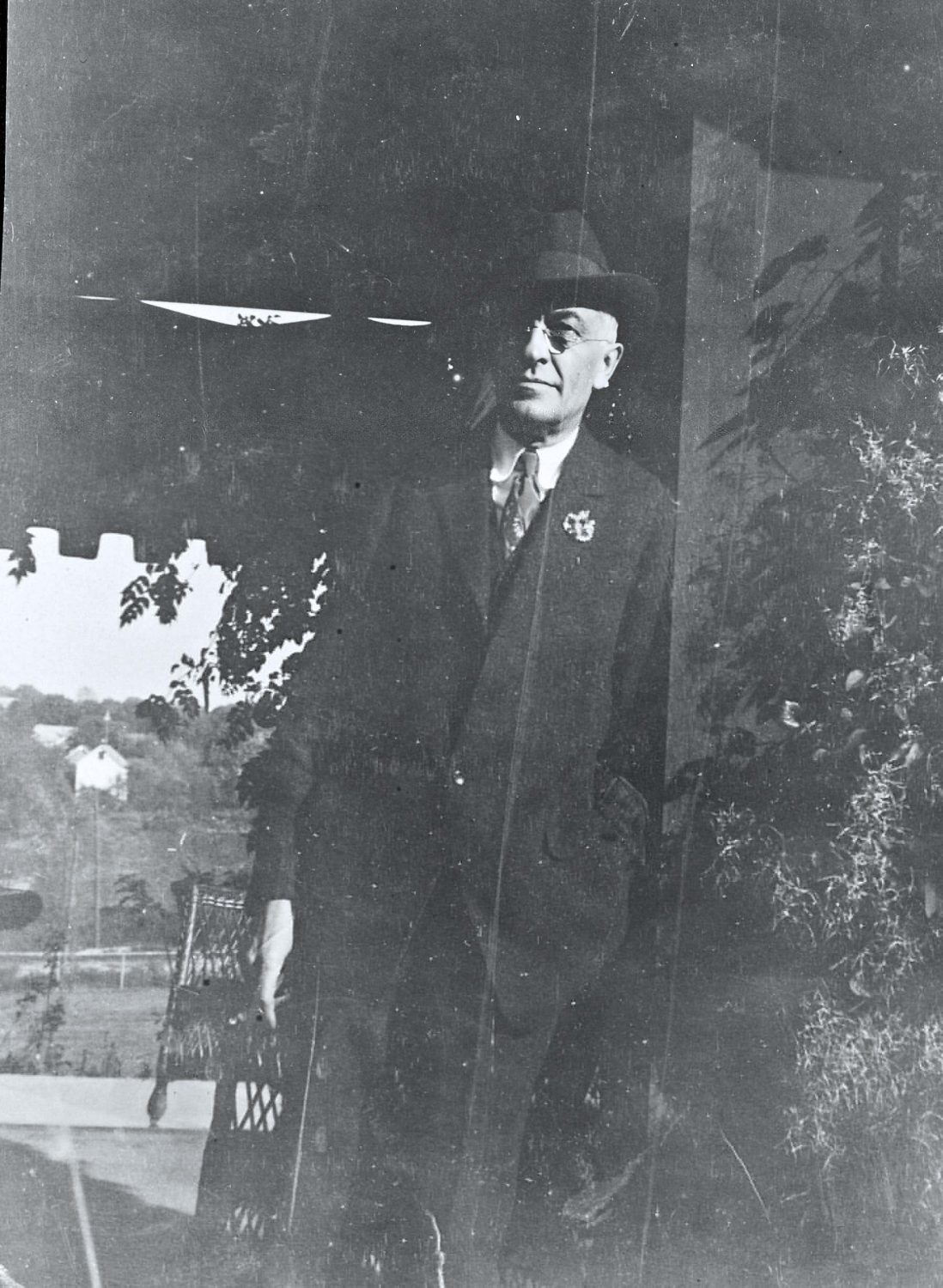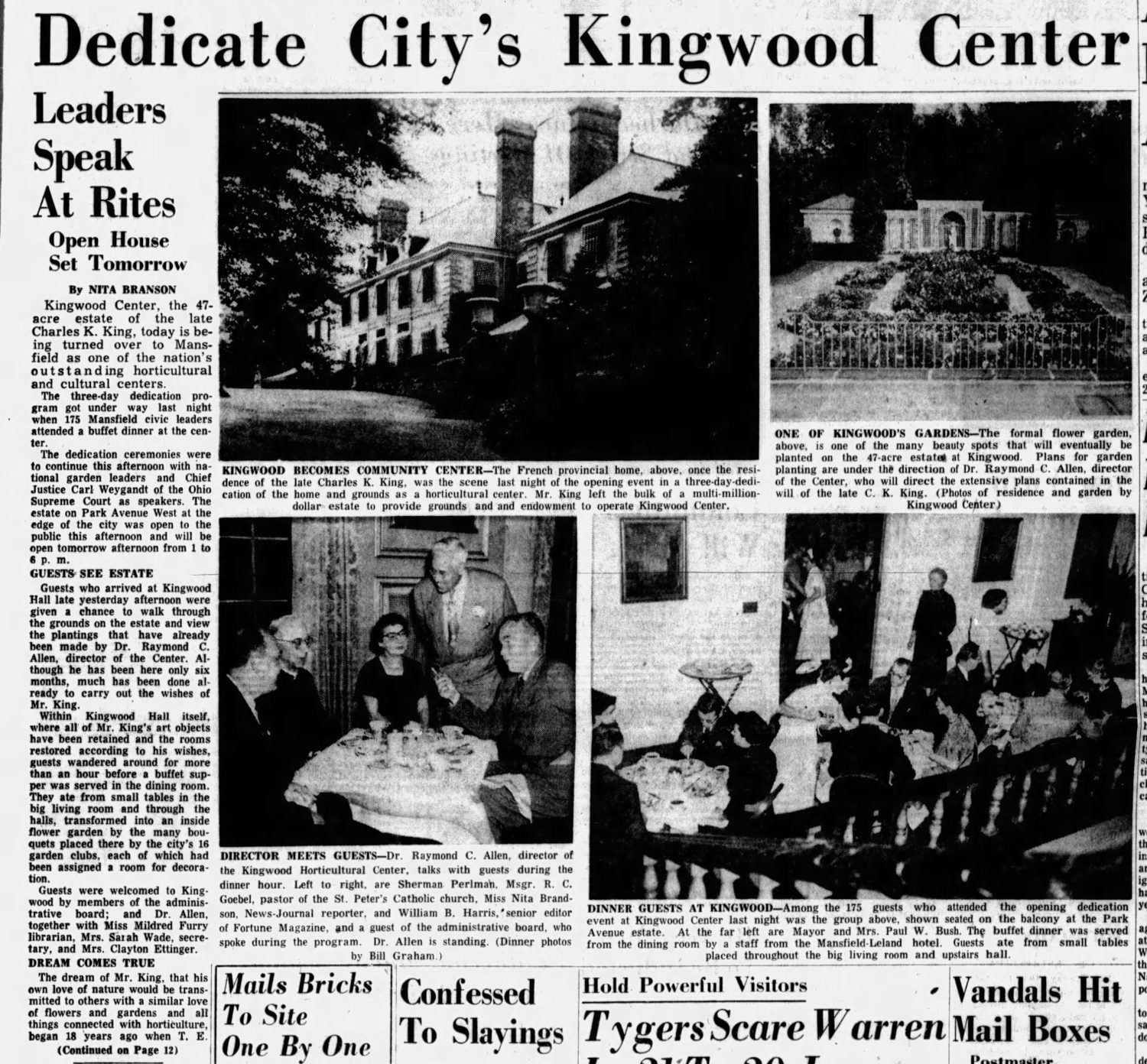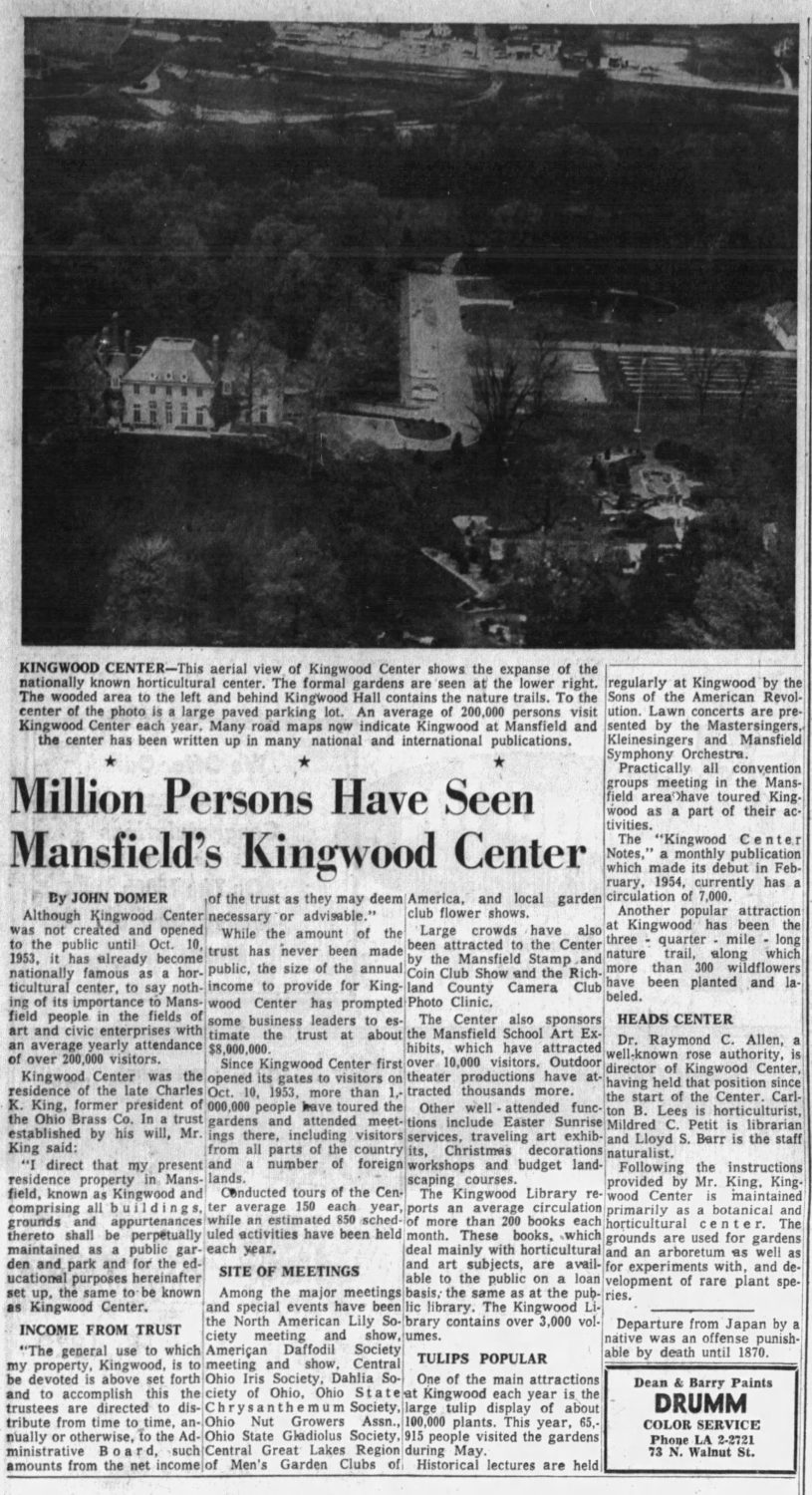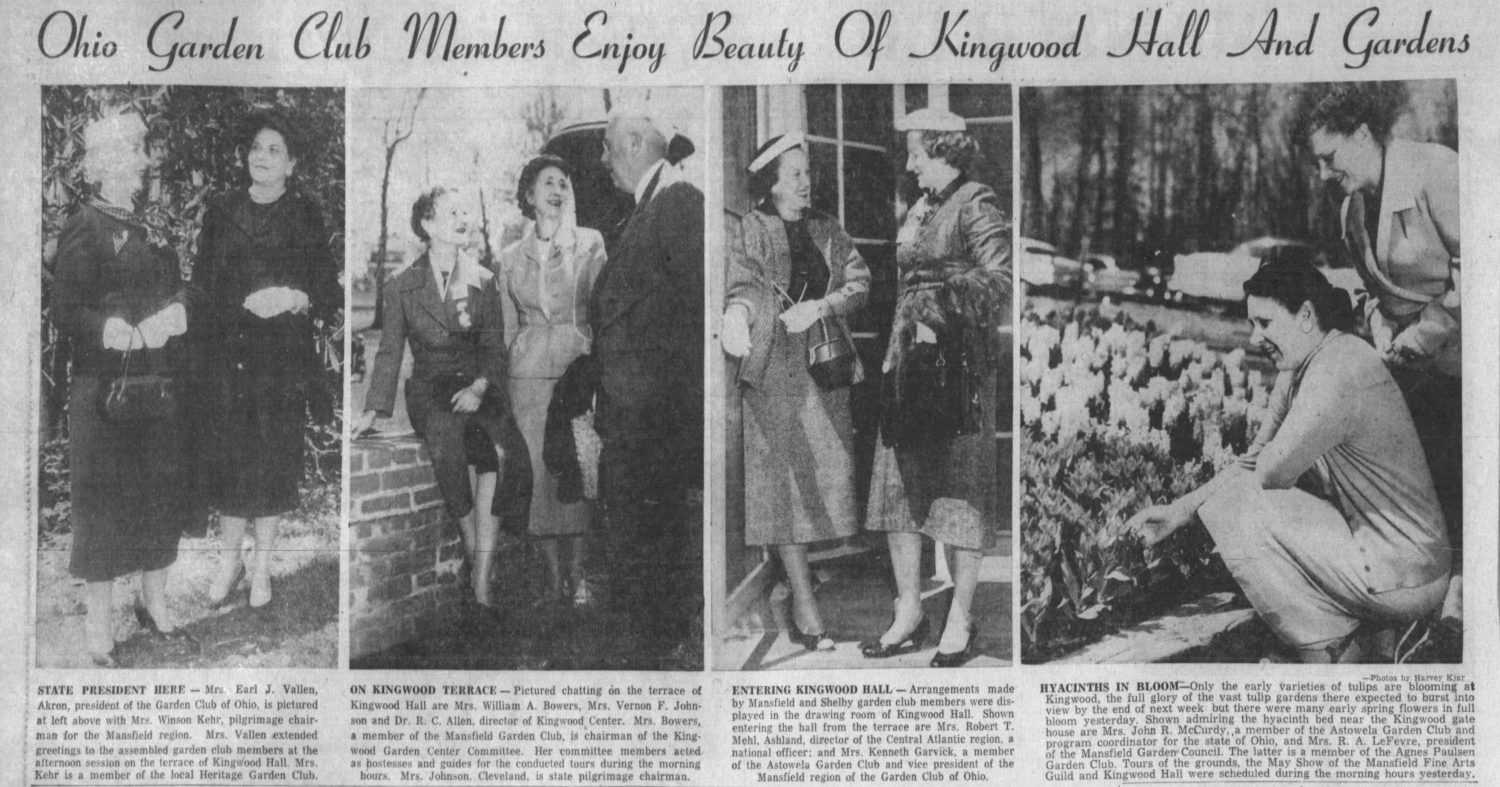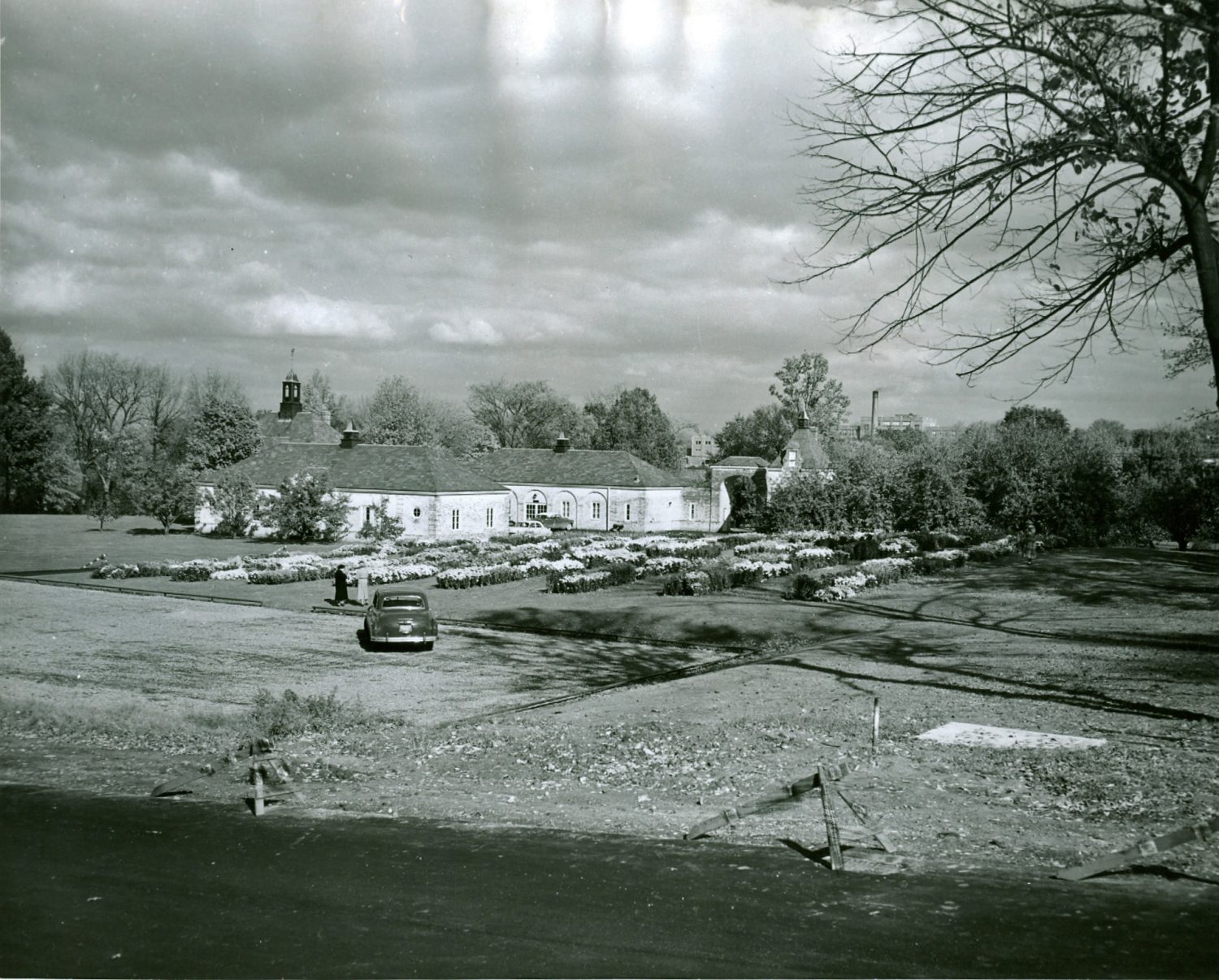Early life of C. K. King
Charles Kelley King began his life in Calais, a small town in eastern Maine along the St. Croix River and bordering New Brunswick, Canada. Born on December 7, 1867, to George Gilman King and Emeline Danford Kelley King, he joined a family of three older sisters.
King graduated from the Calais Academy and continued his education at Johns Hopkins University, where he studied electrical engineering. It is believed that he withdrew from college just months prior to graduation due to his father’s illness and the need to take care of his family.
King began his career in St. Paul, MN working on electric trolley construction and then in 1890 moved to Chicago to work for the Ansonia Electric Company which manufactured trolley fittings. This early employment provided the perfect foundation to equip King for the work opportunity to come in Mansfield, OH.
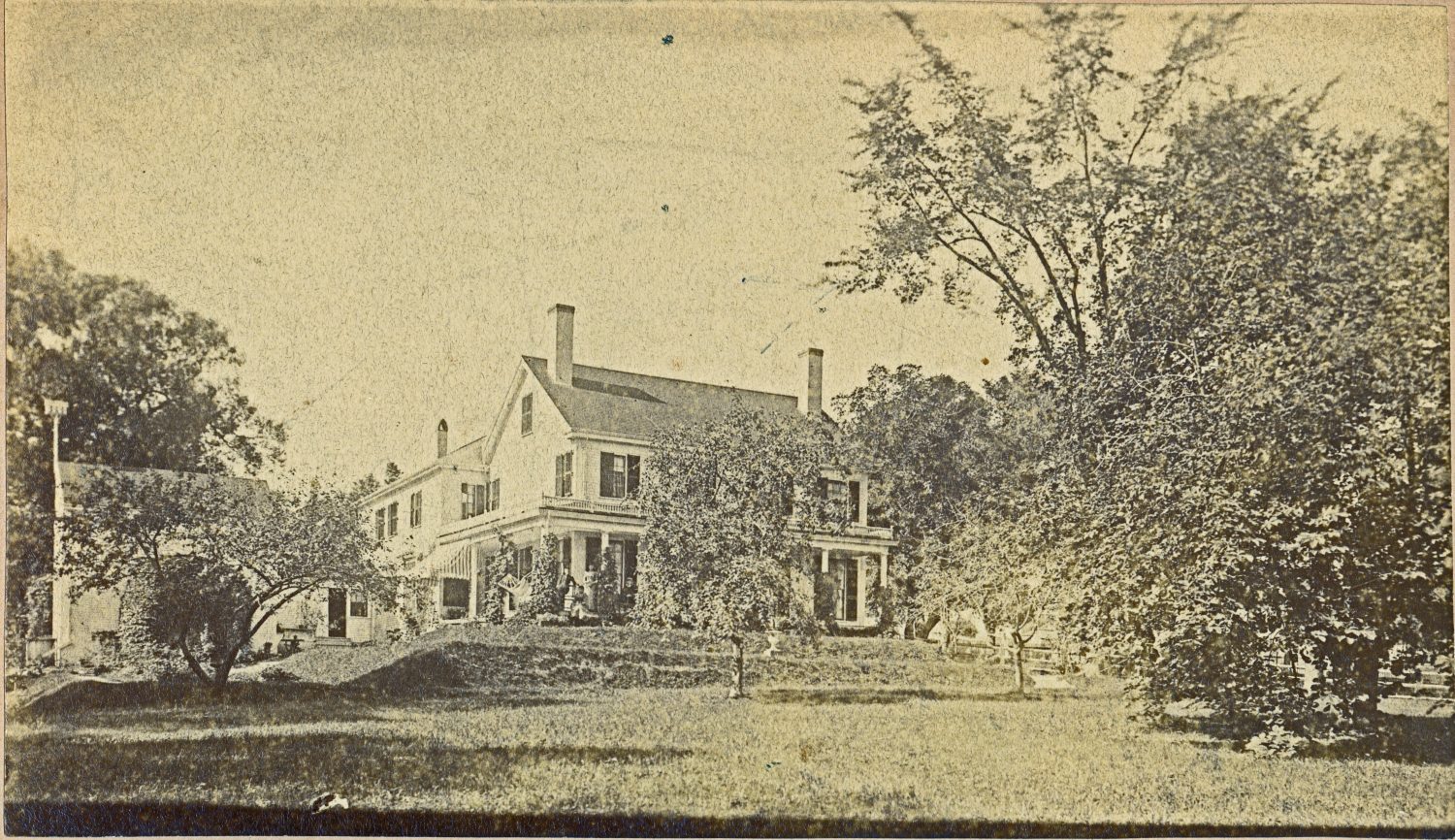

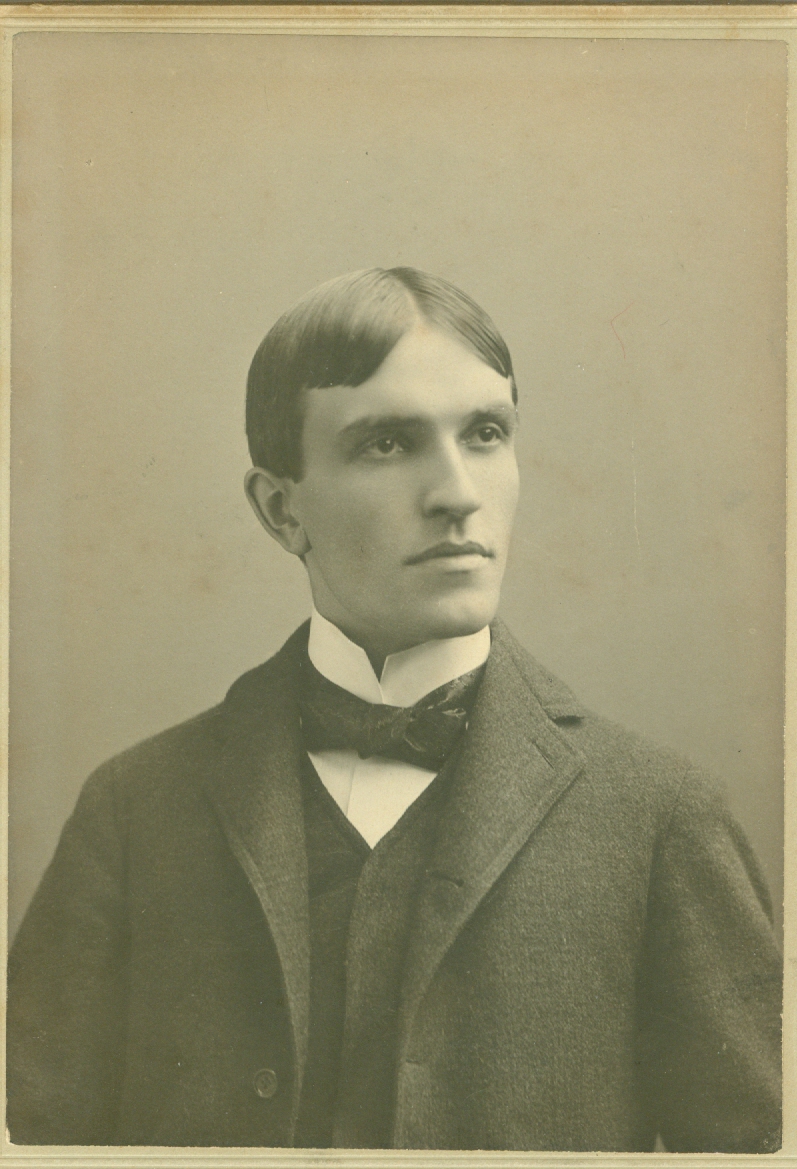
Beginning at Ohio Brass
Trolley companies were the glamour industries of the era, and the Citizen’s Electric Railway Light & Power Company of Mansfield operated one of the first commercial electric railway systems in the United States. On a sales trip to Mansfield, Charles Kelley King met Reid Carpenter who was on the board of directors at the Ohio Brass Company. Carpenter was impressed with King and so introduced him to Frank Black the founder of the Ohio Brass Company. King began his new career at Ohio Brass in 1893 as the first electrical engineer after being recruited to assist in the start-up of manufacturing brass trolley fittings.
Mr. King’s reputation was one of being an excellent businessman with high expectations and standards. Customer service and happy customers were always a priority. As Ohio Brass expanded, he rose quickly through the organization, becoming secretary in 1895, vice president in 1905, president in 1928, and chairman of the board in 1946.
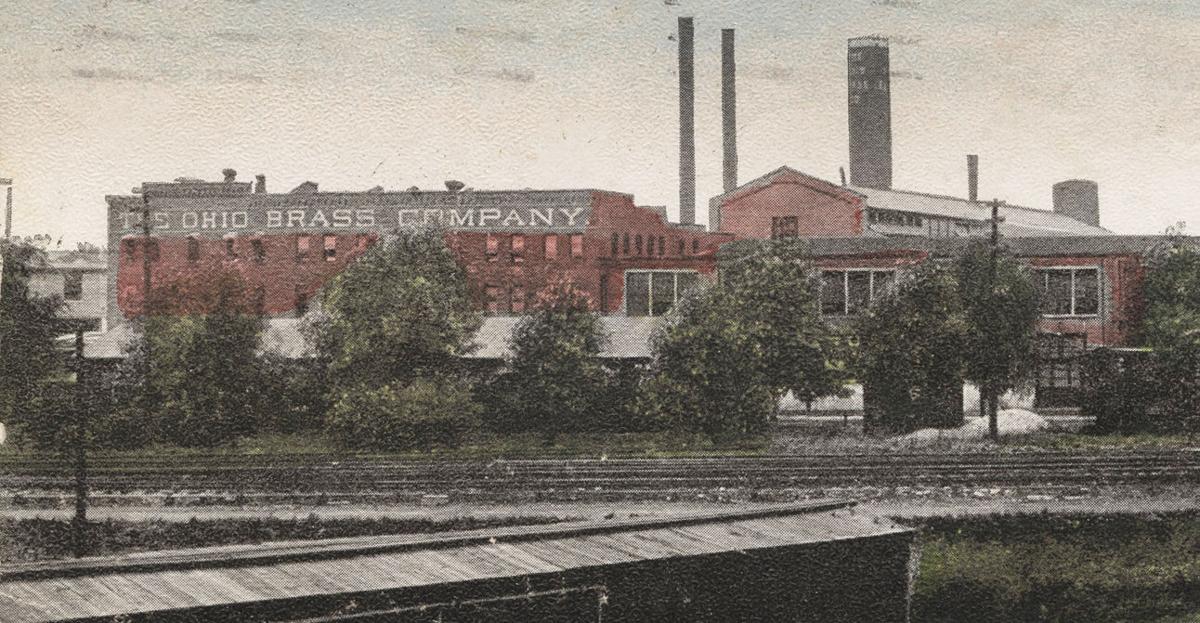
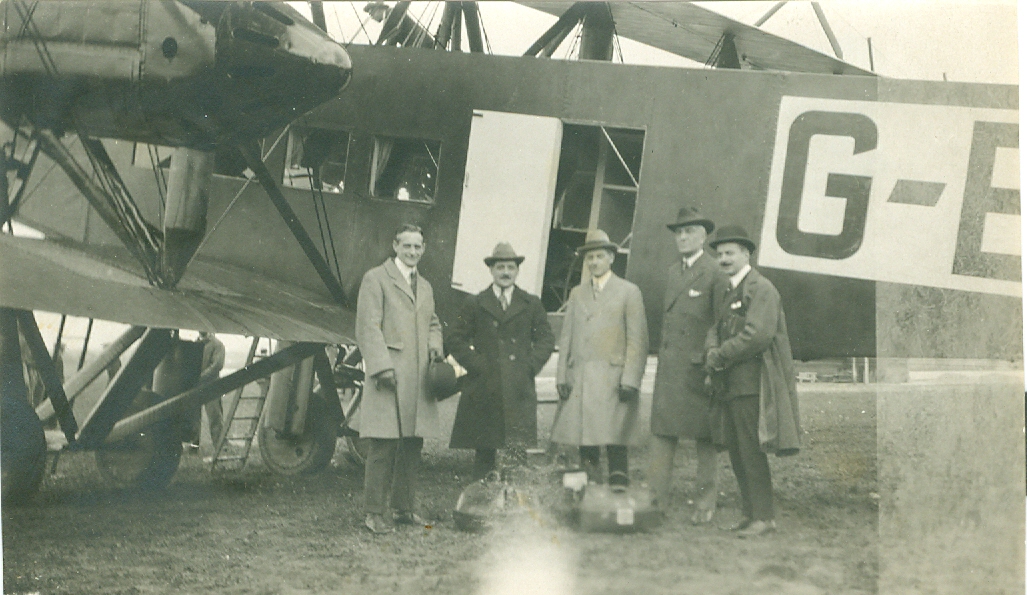
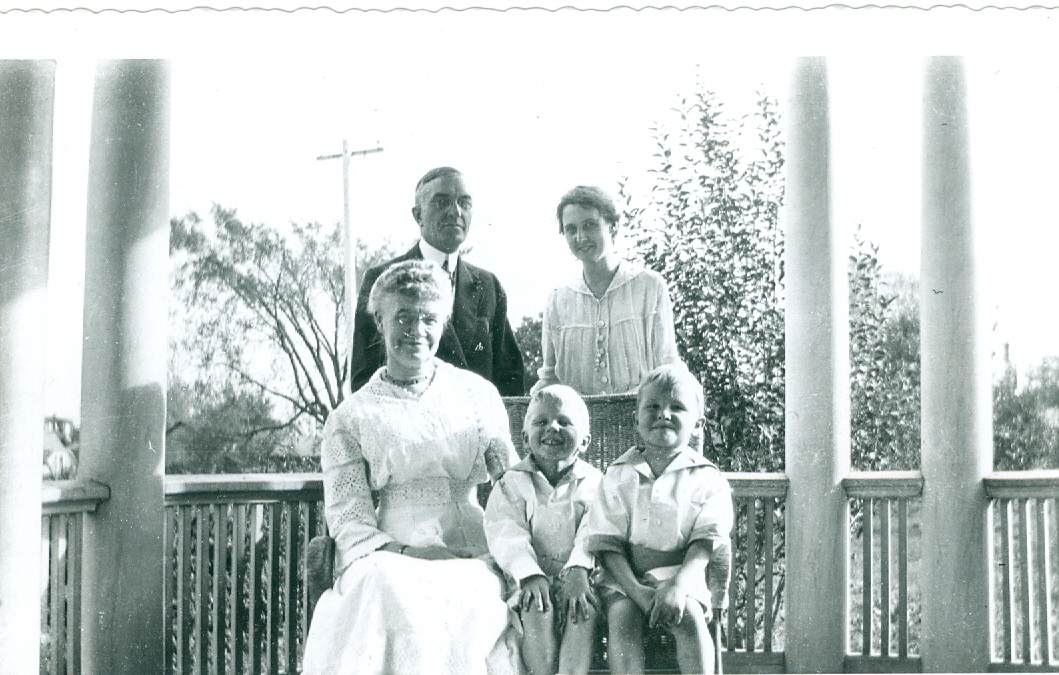
Kingwood Center Gardens
King’s successes at Ohio Brass provided him the resources to purchase the 47-acre Kingwood property in 1912 with his first wife, Edith May Crawford, whom he married in 1896. Together they resided in the original large craftsman-style house on the property until their divorce in 1913. The original estate also had a barn, chicken coup, tea house, outdoor fountain, pond, and a greenhouse.
Soon after King’s marriage to Luise Mack in 1923, the planning of Kingwood Hall commenced with construction beginning in 1926. Luise and her son, Robert, only lived with King in Kingwood Hall until their divorce in 1930. Charles Kelley King, or C.K. or Kelley, as his closest friends called him, continued to reside in Kingwood Hall. He did travel quite a lot and enjoyed winters in Florida, but always considered Kingwood his home.
Prior to Mr. King’s death in 1952, he had commissioned a study by the National Recreation Association to assist him in determining the future use of his beloved Kingwood. The Charles Kelley King #3 Trust was established to operate Kingwood, providing both funding and operational guidance.
Kingwood Center opened as a public garden in October 1953. Through the years, Kingwood Center Gardens has grown significantly and has become increasingly renowned for horticultural excellence, historical significance, and community engagement. With the addition of the Garden Gateway visitor center and expanded garden features in 2020, Kingwood renewed its commitment to provide transformative guest experiences within its exquisite garden estate.
